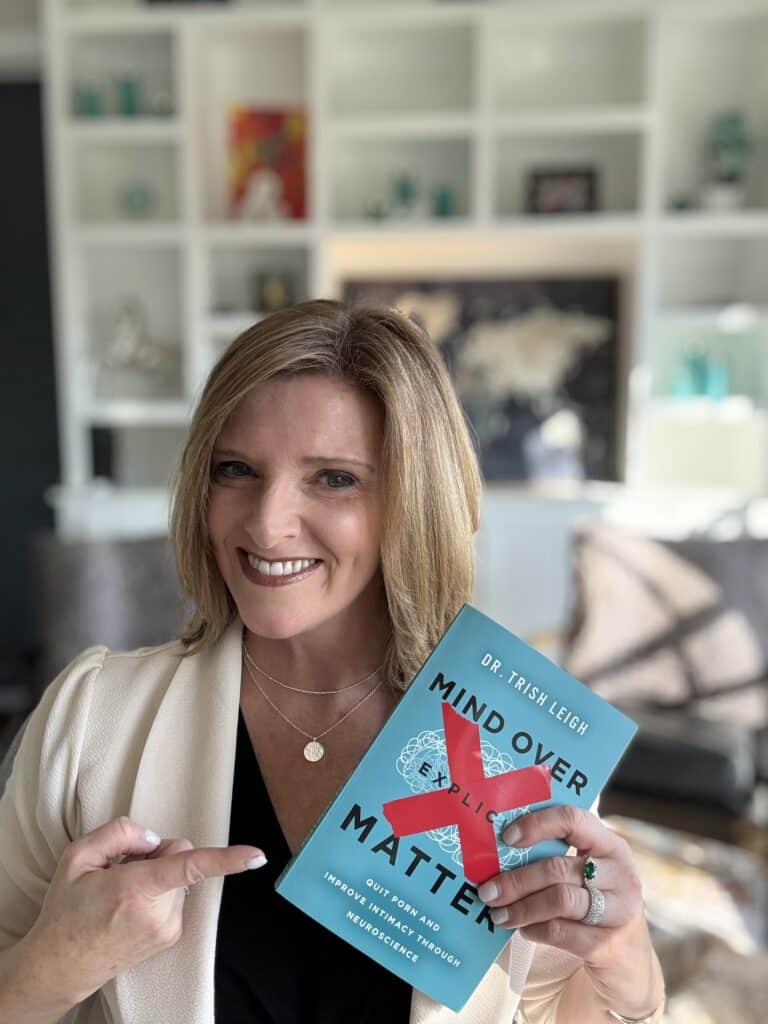Living with an autoimmune disorder can feel like an uphill battle, with symptoms that seem to appear out of nowhere. For years, Dr. Trish Leigh experienced this firsthand, battling an autoimmune disorder caused by toxic mold exposure, leading to mycotoxin poisoning. The process was gradual, creeping into her life without clear warning signs—a common experience for many facing autoimmune disorders. After overcoming this challenge, Dr. Leigh is now dedicated to helping others identify the underlying causes of their conditions and guiding them toward effective recovery.
The Problem: The Brain’s Connection to Autoimmune Disorders
One of the key issues in autoimmune disorders is how they affect brain function. Specifically, your brain might be stuck in a state of high alpha and beta brainwaves. Normally, these brain waves should help you feel calm and focused, indicating self-regulation and progress toward recovery. However, in the case of autoimmune disorders, this brainwave activity can become dysregulated, leaving you feeling exhausted, stressed, and struggling to regain balance.
The Challenge of Neurofeedback: Sticking with the Process
Dysregulated brain waves can also make it challenging to use neurofeedback tools like the neurofeedback headband. This device is designed to help regulate your brain’s activity, but when your brain is stuck in a state of dysfunction, it might be difficult to connect with the device, leading to frustration and the temptation to give up. However, persistence is key.
How Common Are Autoimmune Diseases?
In the United States, they impact about 24 million people. Common examples include:
- Psoriasis and Psoriatic Arthritis
- Rheumatoid Arthritis
- Lupus
- Hashimoto’s Thyroiditis
- Grave’s Disease
- Inflammatory Bowel Disease (IBD)
- Celiac Disease
- Type 1 Diabetes
The Solution: Persistence and Small Wins
If you’re struggling with these challenges, it’s important to keep using your neurofeedback headband, especially during times when you’re feeling your best. It’s essential to pace yourself—something you might already be familiar with. If not, don’t worry; we can teach you. By setting yourself up for small, manageable successes, you can help your brain start to chase the right rewards.
Our goal is to help you break free from the loop of autonomic nervous system dysfunction that perpetuates autoimmune disorders.
FAQs: Common Questions about autoimmune disorders
Are autoimmune diseases genetic?
Yes. Some autoimmune diseases run in families.
Are autoimmune diseases contagious?
No.
What are the symptoms of autoimmune disease?
Every autoimmune disease affects the body differently. They can have different symptoms and can affect different body parts. That said, some symptoms common to many conditions include:
- Redness, inflammation, or swelling in the skin.
- Pain
- Fatigue
- Stiffness in the joints
- Muscle weakness
- Rashes
- Difficulty breathing
Start Your Path to Success and Health today!
The first step towards recovery is to get a qEEG Brain Map Assessment. This assessment will provide a detailed look at your brain’s activity, helping to identify any dysregulated patterns. Based on these results, many clients choose to sign up for professional neurofeedback coaching. This cutting-edge technology can shift your brain into a healthier mode, closing the gap between slow and fast processing speeds.
Pro Tip: Use the headband when you’re feeling fresh and calm to maximize results. Over time, these small wins will lead to bigger and more significant victories in your healing journey.
Join the Community and Continue Learning!
Remember: control your brain, or it will control you! Persistence is key. Together, we can help you break the cycle of autonomic nervous system dysfunction and get you back to feeling your best.Learn more about Autoimmune diseases.
Also, Check out Dr. Leigh’s YouTube videos for more detailed insights and guidance:
Breakout Autoimmune w/Dr. Trish Leigh – YouTube


